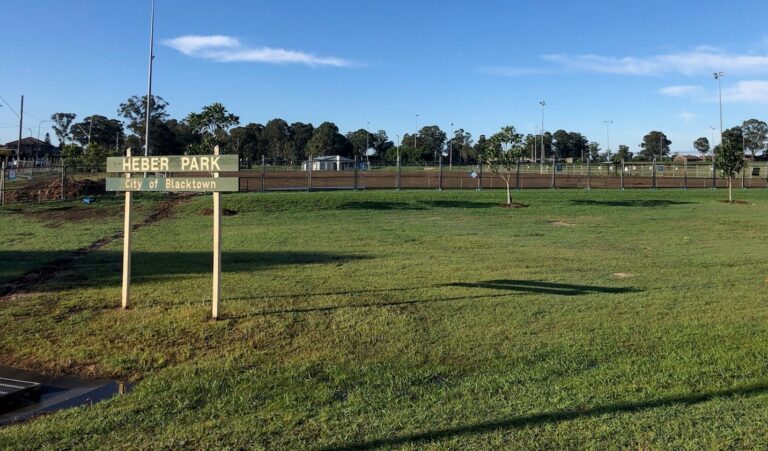
Australia’s experiment with prescription-only vapes has failed

Contribution By Dr Colin Mendelsohn
The Australian government’s model for prescription-only nicotine vapes – introduced one year ago on 1 October 2021 – has been a resounding policy failure. Like most prohibitionist policies it has created a thriving black market, poor compliance, and harmful public health outcomes.
To legally possess nicotine e-liquid to quit smoking in Australia, vapers are forced to get a doctor’s prescription. Without one, vapers face fines of up to AUD $222,000 and even jail terms.
The regulations were intended to prevent youth vaping and to allow access for adult smokers as a smoking cessation aid. After 12 months, they have clearly achieved neither of those goals. In fact, they have had the opposite effect.
The de facto prohibition has created a dangerous, thriving black market for illegal, unregulated vaping products that do not comply with Australian standards. Massive numbers of poor-quality high-nicotine devices are being imported from China and are widely sold by tobacconists, convenience stores, online and on social media. There is no quality control for these products and the black market sells them freely to children.
As a result, vaping among young people has increased dramatically. There are almost daily media reports of widespread youth vaping, in children as young as five. Schools are being forced to install vape detectors and security cameras in toilets, remove toilet doors and even lock toilets during class hours. Students are reporting becoming nicotine-dependent and are unable to stop vaping.
Enforcement of the black market has been minimal. Prosecutions by state and territory Health Departments are rare. Many businesses resume selling illegal products within weeks of a raid. Interceptions of illegal imports by The Australian Border Force are also extremely rare due to a lack of resources and political pressure. The vast majority of illegal imports are not detected.

Meanwhile, those who actually benefit from nicotine vaping products – adult smokers who just can’t otherwise quit deadly cigarettes – are unable to access vapes legally. Legal access is complex, onerous, and costly. According to recent surveys, only 3-12% of vapers have a prescription for nicotine and only 2% of purchases were from a pharmacy – the government’s preferred model. Currently less than 1% of GPs in Australia are publicly listed as nicotine prescribers, and only a handful of pharmacies dispense the product.
Perversely, it is far easier to buy deadly cigarettes than to buy a far safer alternative to aid quitting.
The only way to eliminate the illicit market is to replace it with a legal and regulated one. Nicotine liquid for vaping should be an adult consumer product, sold from licensed retail outlets such as vape shops, convenience stores, tobacconists and general stores. There should be strict age verification and severe penalties and loss of licence for under-age sales, with strict enforcement.
Nicotine vaping products are proven to be substantially more effective at helping smokers quit than nicotine replacement therapies (patches and gum) and carry no more than 5% the health risk of cigarette smoking. Australia is the only western democracy to regulate vaping products this way and is the only one to be experiencing such disastrous outcomes as a result.
New Zealand’s regulation of vaping as a consumer product has effectively restricted access by children and helped to substantially drive down smoking rates in less than two years.
Australia’s model of prescription-only vapes has been one of the largest policy failures in the last decade. We must admit the mistake and move forward with a more realistic regulatory model to support Australia’s smokers and vapers.
Without urgent change, the black market will only grow, more smokers will die, and Australia will create yet another generation of nicotine addicts.

Dr Mendelsohn is a member of the Smoking Cessation Guideline Expert Advisory Group that develops the RACGP Australian national smoking cessation guidelines. Founding Chairman of the Australian Tobacco Harm Reduction Association, a registered health promotion charity dedicated to raising awareness of low-risk nicotine products as a substitute for smoking for smokers who can’t quit.
Associate Professor in the School of Public Health and Community Medicine at the University of New South Wales until 2020. Former Vice President of the Australian Association of Smoking Cessation Professionals, Australia’s peak body for experts in the field of smoking cessation and author of Stop Smoking Start Vaping.
Dr Mendelsohn has never received funding from e-cigarette or tobacco companies.









